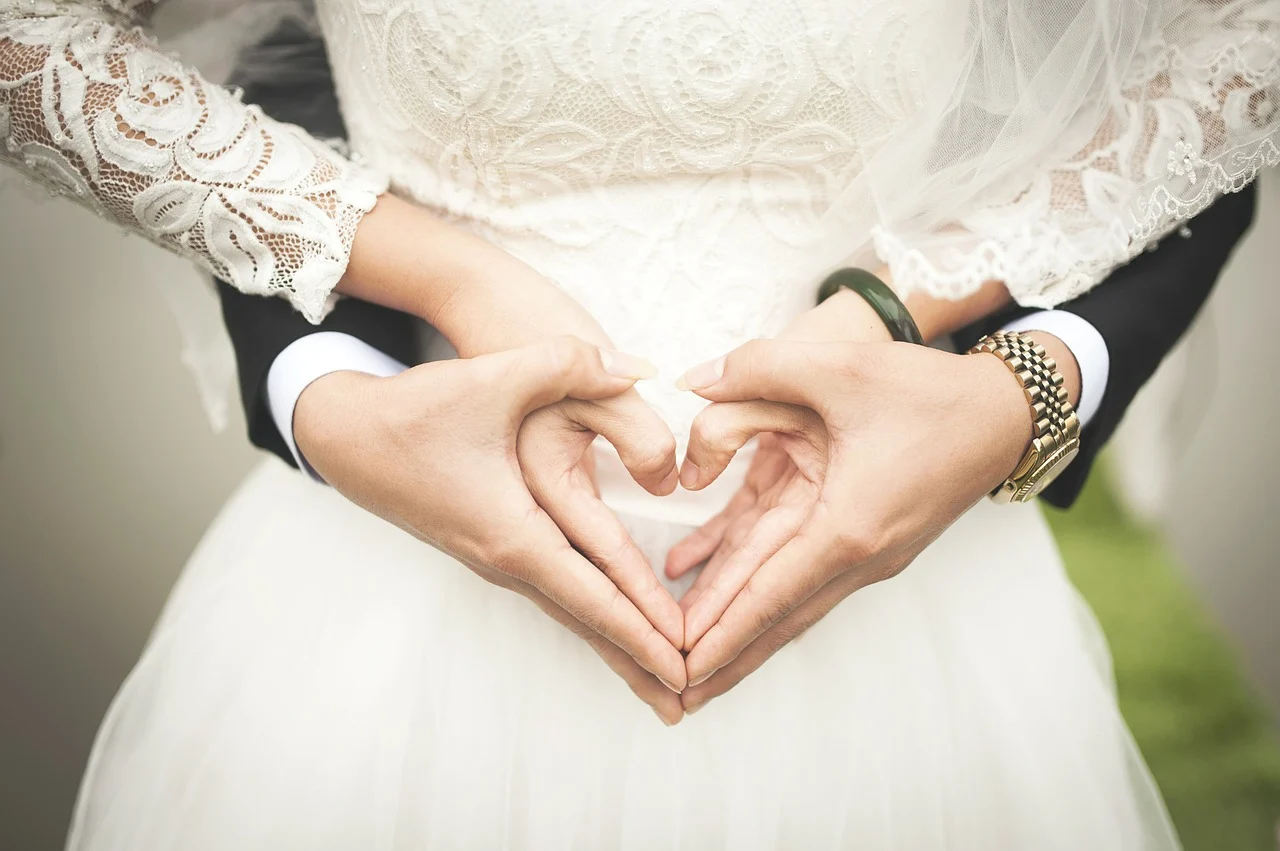Ukrainian wedding
Ukrainian wedding traditions represent a unique mix of beliefs, which formed in the country during its almost 2000-year history. Paganism, Christianity and Soviet culture have all influenced Ukrainian marriage customs, making them truly specific and totally different from what you may have encountered in other countries. Unfortunately, globalization is slowly killing these beautiful rituals, and the popularity of traditional Ukrainian weddings has been decreasing over the years. A Ukrainian traditional wedding dress, for instance, is rarely observed anywhere now and almost fully replaced by typical white dresses.
Ukrainian traditional wedding
Despite the seeming similarity of Ukrainian wedding traditions to the ones of neighboring European countries, there are some unique features that only Ukrainian weddings possess. They are especially notable in rural areas, where the influence of traditions is stronger than in large cities. However, some rituals are followed throughout the whole country. Here’s our list of most widespread Ukrainian wedding traditions:
Buying out a bride
A traditional wedding begins with ransoming a bride, a ritual, which is more a tribute to ancient times than something practically useful nowadays. A groom is supposed to propose a certain sum of money (or its equivalent in other goods) to the bride’s parents for persuading them to let their daughter leave the father’s house. Bridesmaids will be trying to raise the price of ransom to ensure that the price paid is adequate and the bride is not being stolen.
Getting parents’ blessing
After the sides agree on the ransom’s price, the groom is allowed to see his wife, and they must receive their parents’ blessing to proceed. This ritual does not carry any practical necessity as well since everyone participating has been preparing for the wedding for months, and, of course, all agreements have already been reached. However, the blessing is still a part of the wedding culture and cannot be overlooked since it highlights the importance of parents to a bride.
The role of rushnyk (embroidered cloth)
Rushnyk is a piece of fabric with ornaments embroidered throughout it, a symbolic representation of the endless resurrection of life. A couple is required to step on it during a wedding ceremony. A popular proverb states that whoever steps first will have a final word in a couple, so a groom commonly permits his bride to be the first as a way of showing respect and obedience to his new role in the family.
Korovai as a traditional analog to a wedding cake
The tradition obliges guests to give to a married couple a symbolic representation of wealth – korovai, which is a synonym of wishing good fortune and a kind of a wedding present in Ukrainian traditions. It is made of wheat flour and often decorated with ornaments and figurines. During the ceremony, a husband and wife must share one korovai to guarantee a long and happy family life. However, due to the size and number of presented korovais, it’s almost impossible to finish them during the celebrations, so they often become a part of the couple’s ration for upcoming weeks.
Kidnapping a bride
If you have noticed that the bride has disappeared from the event, do not worry! She is hidden by her bridesmaids to make the groom accomplish some sort of challenge for them to release the poor girl. This will probably happen a couple of times during the celebration (if not a dozen, which is also possible), so entertain yourself watching the groom performing hilarious tasks for his wife’s freedom.
Bitter, bitter!
Perhaps the strangest tradition to foreigners is the Ukrainian custom of shouting "hirko!" or "bitter" when a newlywed couple starts kissing. It is, however, rather simply explained – everything is sweeter with kisses. So, whenever the times are bitter, the couple must stay together and overcome the difficulties. Oh, and it’s believed that if the couple can keep kissing longer than the guests can shout, the marriage will be strong and healthy.
Where to celebrate a wedding?
Fairly common variants include but are not limited to:
- Restaurants if we are speaking about urban areas;
- In the countryside, it is a widespread practice to invite the whole village to join the celebration in either the groom’s or the bride’s house.
 Ukrainian Real Brides Blog
Ukrainian Real Brides Blog
